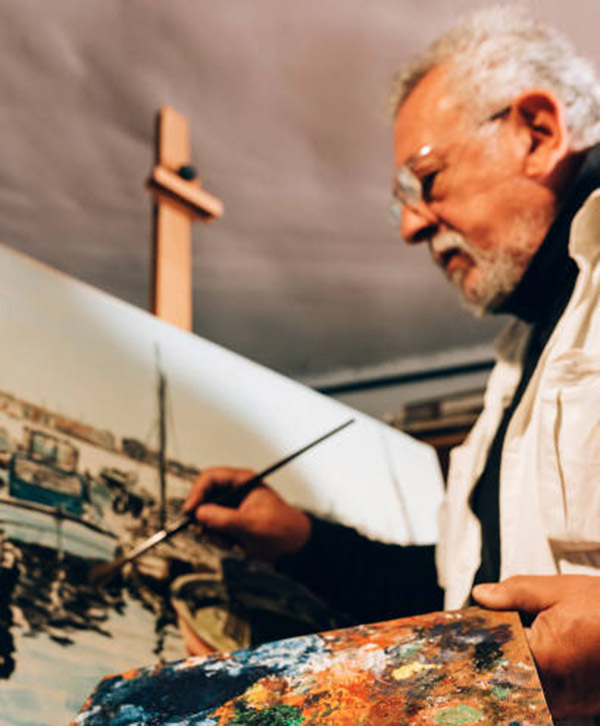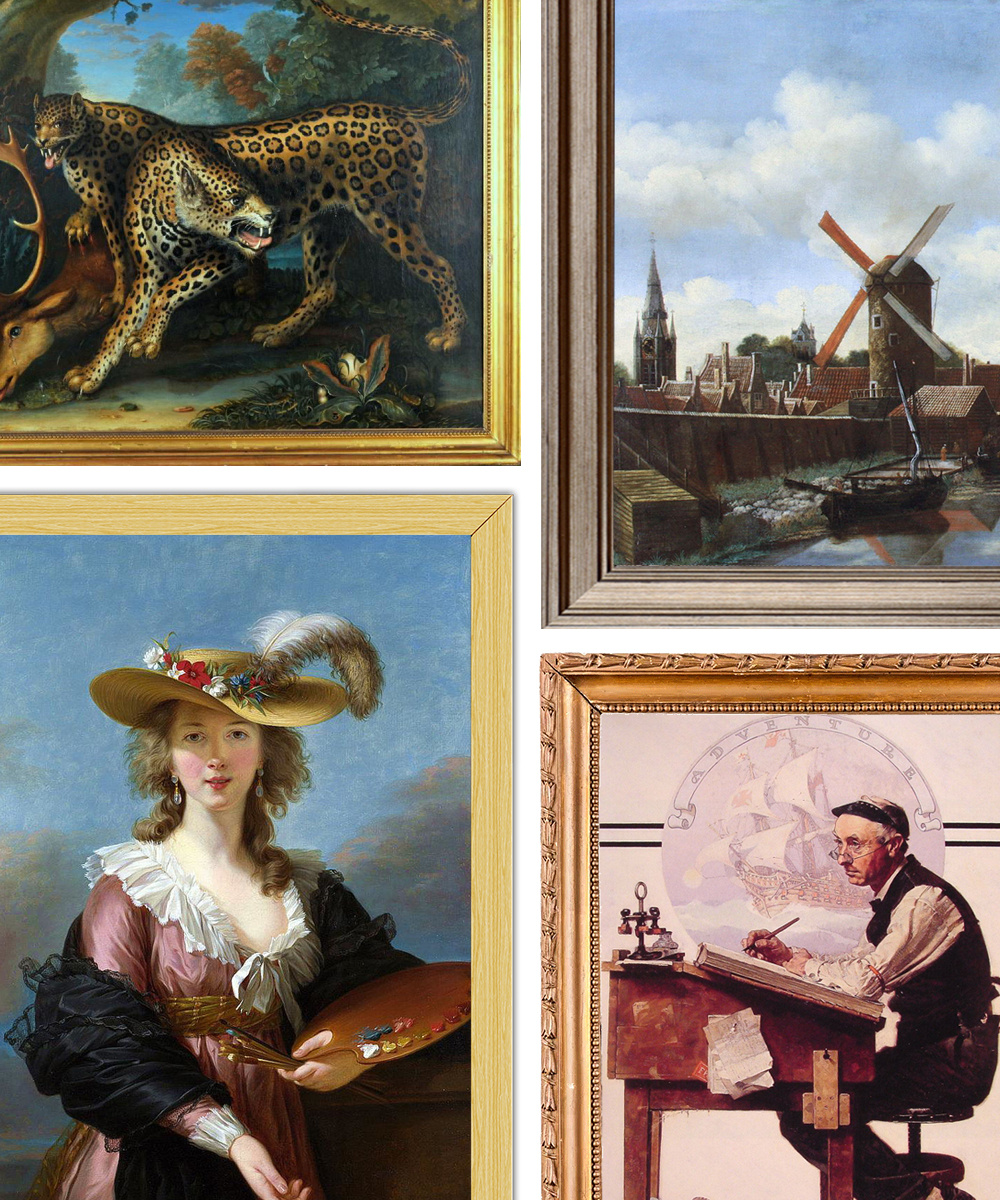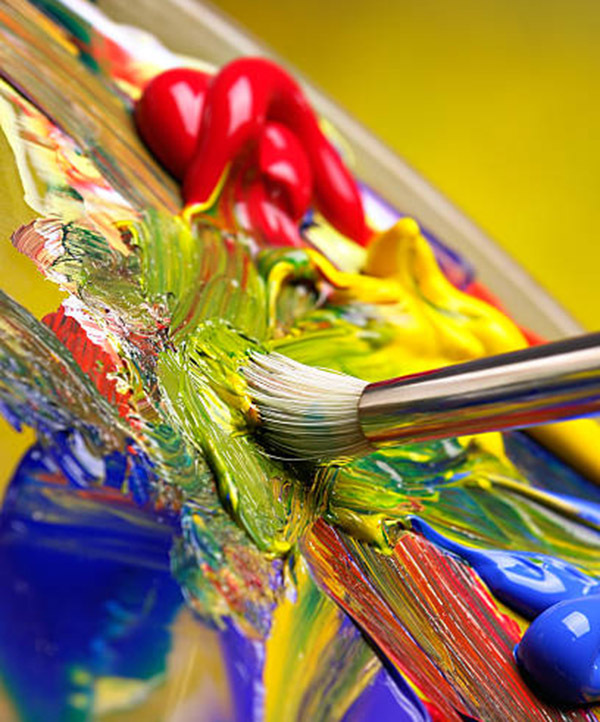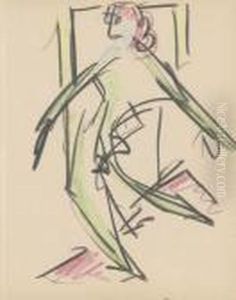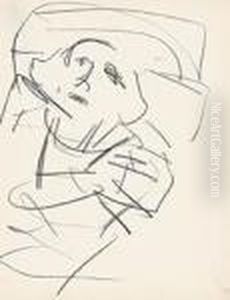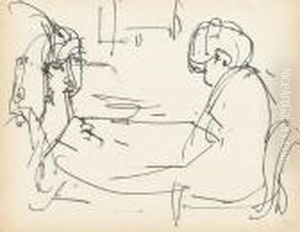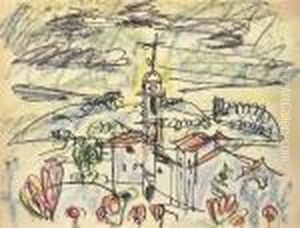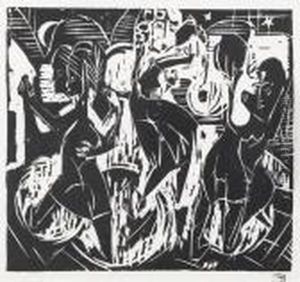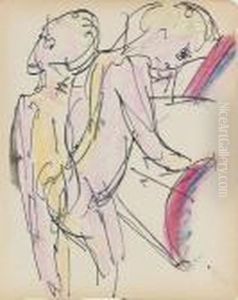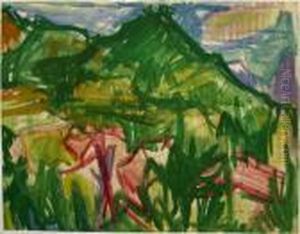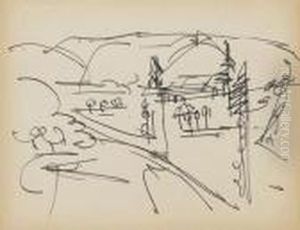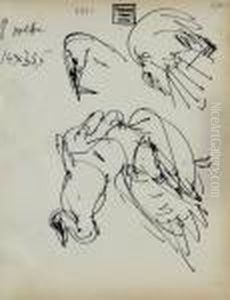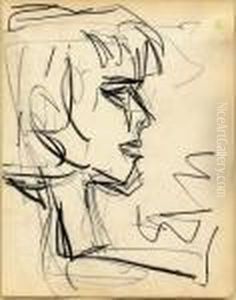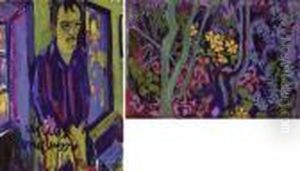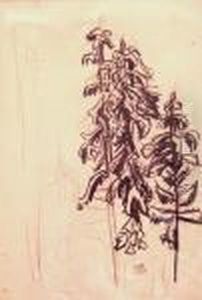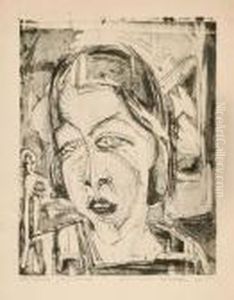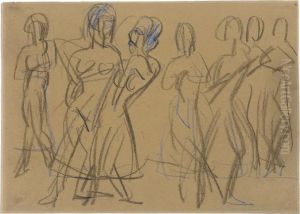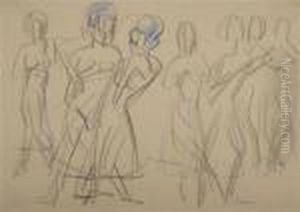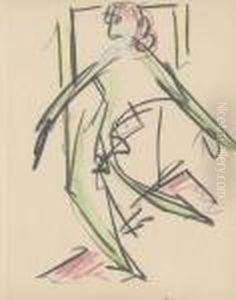





Mary Wigman.
-
About Reproduction
Discover the allure of art with our faithful reproduction of "Mary Wigman.", originally brought to life by the talented Albert Muller. Unlike posters or prints, our hand-painted oil painting breathes an unique sense of depth and texture into your space. Every detail, every stroke, and every texture is meticulously recreated, paying the perfect homage to Albert Muller and his artistic vision.
Owning this piece is more than just decoration - it's a statement of your refined taste in art. Let the vibrant colors and intricate details of this replica serve as a daily reminder of the beauty in our world. Elevate your decor and appreciate the richness of art with our replica of this masterpiece.
-
Painting Description
Mary Wigman, born Karoline Sophie Marie Wiegmann on November 13, 1886, in Hanover, Germany, was a pioneering figure in the world of modern dance and is widely regarded as one of the most influential choreographers and dancers of the 20th century. Wigman’s work was characterized by its expressive intensity and innovative approach, which broke away from the traditional confines of classical ballet. Her contributions to dance were not only artistic but also pedagogical, as she established a new movement language that emphasized the emotional and spiritual dimensions of the human experience.
Wigman began her dance training relatively late, studying under Émile Jaques-Dalcroze in Dresden, where she was introduced to eurhythmics, a method that connects music and movement. However, it was her encounter with Rudolf von Laban, a key figure in the development of modern dance, that profoundly influenced her artistic direction. Under Laban’s mentorship, Wigman delved into the exploration of movement as a form of personal and existential expression.
In 1914, Wigman made her solo debut in Switzerland, and by the 1920s, she had established herself as a leading figure in the German Expressionist dance movement. Her choreography often incorporated stark, dramatic themes and was noted for its use of silence, percussion, and unconventional music. One of her most famous works, "Hexentanz" (Witch Dance), exemplifies her unique style, combining primal energy with haunting, ritualistic movements.
Wigman founded her own dance school in Dresden in 1920, which became a hub for avant-garde dance and attracted students from around the world. Her teaching emphasized the importance of inner experience and the expressive potential of the body, influencing generations of dancers and choreographers. Despite the challenges posed by the political climate in Germany during the 1930s and 1940s, Wigman continued to create and perform, adapting her work to the changing times.
Mary Wigman’s legacy endures through her innovative contributions to modern dance and her impact on dance education. Her approach to movement as a profound form of expression continues to inspire contemporary dancers and choreographers, ensuring her place as a seminal figure in the history of dance. She passed away on September 18, 1973, in Berlin, leaving behind a rich legacy that continues to shape the world of dance.
-
Lead Time & Shipping
When you order this oil painting replica, it typically takes 2-3 weeks to paint. If the artwork is more complex, it might need a little more time to ensure the best quality. Once it's ready, we'll send you a photo for your approval. After you give the green light, we'll ship it to you for free.
-
Return & Refund
We believe in the quality of our hand-painted oil painting reproductions, and your satisfaction is our priority. If for any reason, you are not completely satisfied with your purchase, we offer a 45-day return policy. You can return your artwork within 45 days of receipt and receive a full refund. Please note that the artwork must be returned in the original packaging and in the same condition as it was received.

